How female jihadis became the new face of terror in Southeast Asia
Women were not recruited for suicide bombing missions in the region until 2016. But their role is growing. CNA’s Undercover Asia speaks to one of the men behind the idea and gains rare access to two women inmates.
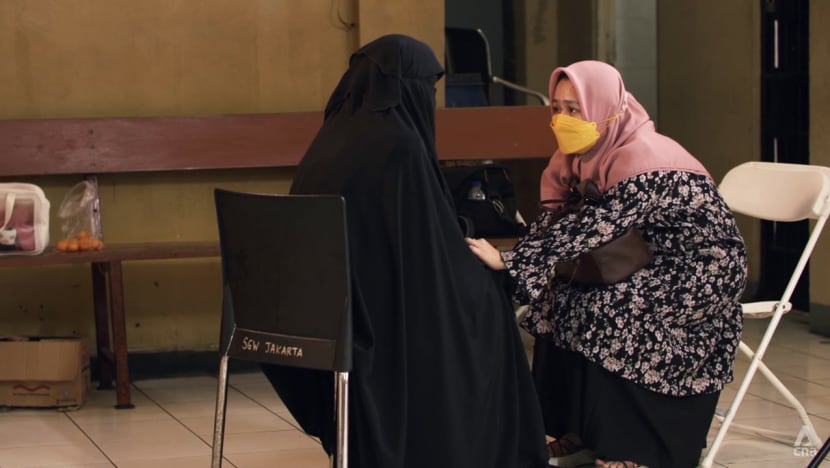
Counterterrorism researcher Erin Gayatri (right) visits prison inmate Listyowati.
JAKARTA: As the daughter of farmers, she grew up without knowing about shopping centres or karaoke.
After attending an Islamic boarding school for her junior high education, Listyowati wanted to have her own savings and decided to venture overseas for work.
In Hong Kong, when she got a mobile phone with a touch-screen for the first time, she did not even know how to create a Facebook profile.
After a friend set one up for her, she started “searching for women who wore a hijab or a burqa, and men with Islamic attributes” to add as friends on the social media platform.
She soon learnt about a country called Syria and was shocked by the war there. “Seeing their struggles drove me crazy,” said the 33-year-old. “It made me shed tears.”
Her quest to learn more about the conflict led her to an Islamic State (IS) social media group that shared updates and propaganda. She channelled money to extremists who had pledged their support for the IS.
She also came to possess a semi-automatic rifle through an Indonesian IS convert named Arif. Listyowati, who worked in Singapore before Hong Kong, claims that she wanted to use the weapon in Syria.
“If we die there, it means we’re martyrs. We won’t feel hurt. It’s as if we’re bitten by a mosquito,” she told the programme Undercover Asia.
But she was arrested and is now serving a three-and-a-half-year sentence in Jakarta for funding the IS and buying weapons.
Listyowati is one of the faces of a new form of terrorism that has emerged in the region in recent years: Female jihadis who are willing to die for their cause.
WATCH: Female jihadists — Asia’s new force in terror (47:54)
Women were not recruited for suicide bombing missions in Southeast Asia until 2016, noted The Soufan Centre, an independent non-profit offering research and analysis on global security challenges.
In its Terrorism and Counterterrorism in Southeast Asia: Emerging Trends and Dynamics report last year, the organisation noted that more women than ever have been arrested for terrorist activity in Indonesia, Malaysia and Singapore since 2015.
Women have taken part in eight of the 11 suicide attacks committed between May 2018 and May last year.
They include three women and their families who attacked three churches and a police station in Surabaya in May 2018, and a woman in North Sumatra who blew herself up along with her two-and-a-half-year-old child after a stand-off with police in 2019.
The trend is likely to continue, and “counterterrorism efforts must account for the multiplicity of roles women play amongst violent extremists”, the report stated.
In the past, the role of women was confined to supporting men, who were the ones on the battlefield, noted counterterrorism expert Jolene Jerard.
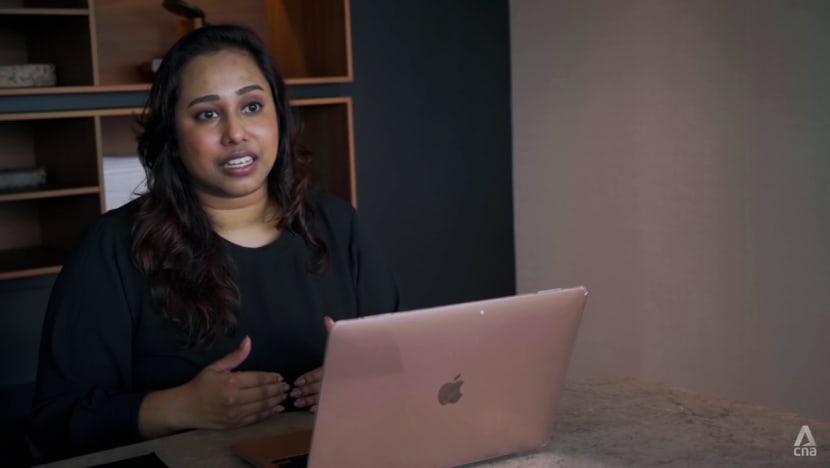
In 2009, the wife of then Al-Qaeda commander Ayman al-Zawahiri issued a statement alluding to such a role, and it was similar to the ideology of Southeast Asian extremist group Jemaah Islamiyah.
But more recently, “we’ve seen that blurring of lines, where women see themselves as equal contenders in terms of having opportunities to recruit others, but at the same time wanting to take up arms”, said Jerard, the executive director of public safety and management consultancy Centinel.
SOME WOMEN ‘MORE RADICAL’ THAN MEN
The men who came up with the idea of recruiting women — following the Jalan Thamrin attack in Jakarta in January 2016 — were the late Indonesian IS leader Bahrun Naim and former terrorist Munir Kartono, according to the latter.
The attack, claimed by the IS, killed eight people, including all four of the attackers, and injured some 20 others.

“Our fellow men were being arrested after the Thamrin tragedy. We decided to put women in the front line,” said Munir, who was then in charge of recruitment and finding sponsors for the IS.
He also hacked into PayPal accounts to raise funds. But he said he has since renounced terrorist ideologies and is writing a book about how terrorist cells operate.
“Generally, women tend to connect easily with one another,” he said. This helped with fund-raising and also efforts to “find someone to be a martyr”.
The use of women made strategic sense — they were less likely to arouse suspicion, and law enforcement officers seemed “more respectful to women, especially to the ones who wore a hijab or covered their body”, he added.
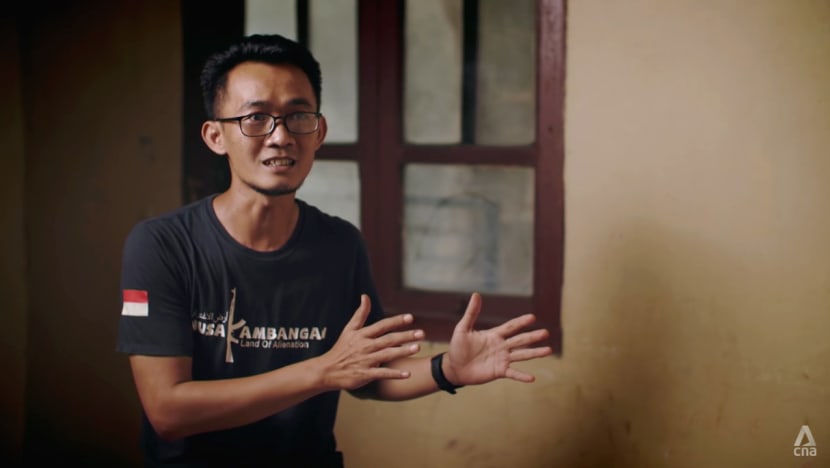
But what struck him was how some women were “more radical” than the men “once they were indoctrinated”.
In a twist, his then-wife turned out to be one of them. He said she volunteered to be a “martyr” when he and his IS colleagues chose to target the Presidential Palace after the Thamrin attack.
But she backed out days before her mission, he said. The explosives that had been prepared were diverted to an attack on a police station in Solo, Central Java, in July 2016.
He and Bahrun Naim then recruited another woman, Dian Yulia Novi, to carry out the Presidential Palace attack, but it was foiled in time.
She was arrested in December 2016 and sentenced to seven-and-a-half years in prison in 2017 — the first woman to be convicted in Indonesia for plotting such an attack.
Munir’s ex-wife, who disowned him when he renounced his IS ideology, was never arrested. He believes she is with an IS cell, but her whereabouts are unknown.
Access to women like Listyowati is thus valuable for researchers like Erin Gayatri, who believes in understanding their path towards violent extremism.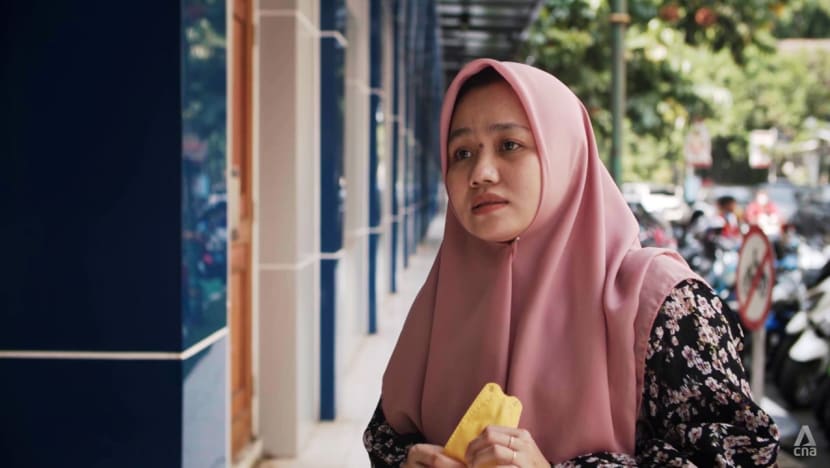
The women Erin interviews have not necessarily been deradicalised, and during visits to prison, she may be accompanied by undercover agents from the Special Detachment anti-terrorism unit.
“People think of female terrorists as scary, and as a result, they don’t want to listen to them,” she said. But she feels that if she approaches them in an open-minded way, “they aren’t as frightening as we think”.
Even with the ones who seem tough or stubborn, we can still find humanity in them."
Through her, Undercover Asia was able to hear first-hand from Listyowati and another inmate, Marifah, who is in Bandung Prison, as they talked about their lives and the actions that landed them behind bars.
Listyowati said she was inspired by a young man no older than 20 who wanted to become an IS suicide bomber.
After watching a video of Erin’s session with her, Jerard observed a lack of “deradicalisation patterns or a sense of regret”. Listyowati also gave her daughter, who was born in prison, a name meaning “strong and graceful mujahida (warrior) for Allah’s religion”.
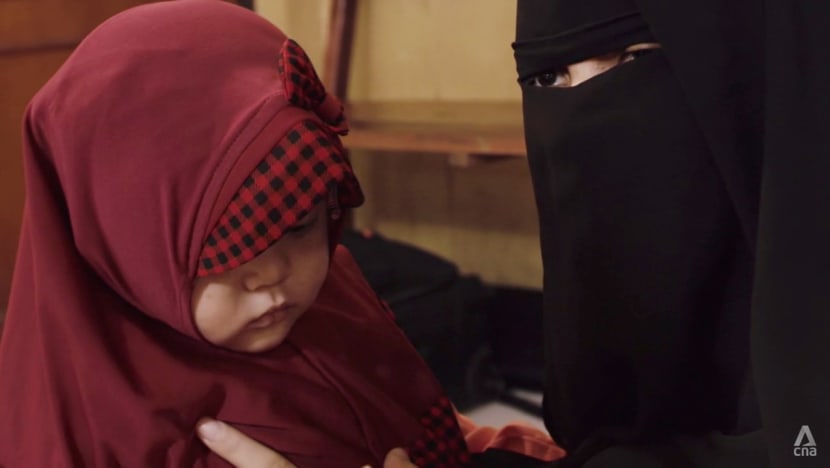
Marifah, meanwhile, was arrested for being part of the online group that planned a 2019 attack on Indonesia’s then-chief security minister, Wiranto.
She knows Syahrial Alamsyah (also known as Abu Rara), one half of the IS-inspired married duo who stabbed Wiranto in western Java’s Banten province. But she maintains that she was not involved in the attack.
This contrasts with the authorities’ stance that there is proof of her prior knowledge of the attack and that she funded the attackers.
For much of her session with Erin, she downplayed her role in terrorist activities, saying she would help friends who share stories about being sick or not having money.
“My purpose is just to help them. Not just Abu Rara — I’ve also done that for other people,” she said.
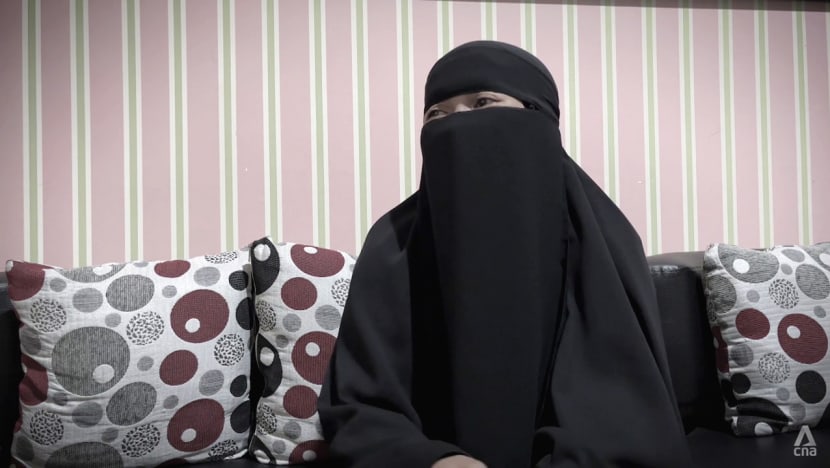
The 45-year-old did divulge some of her background, however: She ran away from her first husband because he hit her. “(He) was aggressive, so I wanted to … take my anger out on something else,” she said.
“I became rebellious. Since I was scared to act on it in real life, I released (my anger) on social media, madly. Maybe that’s one of the reasons.”
SUPPORT FOR EX-TERRORISTS, BUT ‘KEEP IN MIND THE VICTIMS’
People who have worked with female extremists note the multiple factors that can push women towards terrorism, as well as draw them away. There is “no one singular profile” of a terrorist, whether male or female, said Jerard.
This highlights the need for law enforcers to respond with nuanced policies.
Ruby Kholifah, the country director for Indonesia at the humanitarian and interfaith group, Asian Muslim Action Network, thinks law enforcement agencies should bring more women into their ranks.
Women make up less than 6 per cent of Indonesia’s National Police, far from its target of 30 per cent.
In the Philippines, it was almost 18 per cent last year up to the rank of general, with no policewomen at the highest levels. Malaysia’s figure is similar to the Philippines’, but it appointed a woman police commissioner last year.
Said Ruby:The counterterrorism approach which is very male-orientated will prevent policymakers from understanding and analysing the shifts and developments among female terror cells.”
Ifran Idris, the director of deradicalisation at Indonesia’s National Counter-Terrorism Agency, acknowledged that women officers are “very effective, especially when investigating other women”.
“Women’s involvement in the terror attacks in this country is very strong,” he said. “If left unchecked, women can be more radical than men.”
For Jerard, what is more important is having counterterrorism officers, whether male or female, who can “craft nuanced policies” to mitigate current and future threats.
The women also need community support, including online.
Malaysian academic Ahmad El-Muhammady believes in monitoring social media platforms and following those who demonstrate signs of radicalism. “After we’re convinced that we have the right candidate for intervention, the next step would be to engage with them,” he said.
“There’s no confrontation. I don’t refute whatever they say … I’ll leave a posting or a comment: ‘Why do you say this?’ Because the whole point is to understand.”

Ahmad does this outside his many professional appointments. Among other things, he is an assistant professor at the International Islamic University Malaysia and has testified in the Malaysian courts as an expert witness in terrorism cases.
He recalled a woman who was actively following what was going on in Syria. He monitored her for two to three months and managed to meet her. According to him, she was close to flying to Istanbul to join the IS.
But after their conversations, she ended up attending a deradicalisation programme and even told the authorities the identities of people who were in an IS cell.
In southern Philippines, where the militant Abu Sayyaf Group is present, Wahida A Abdulla believes poverty and hardship increases the risk of radicalisation. She runs a non-governmental organisation, Gagandilan Mindanao Women, Inc, which offers job-related training to women terrorists.
It aims to enable them to earn an income and be productive members of society. One of the women it has helped is Mhae, who learnt after marrying that her husband was an Abu Sayyaf commander.
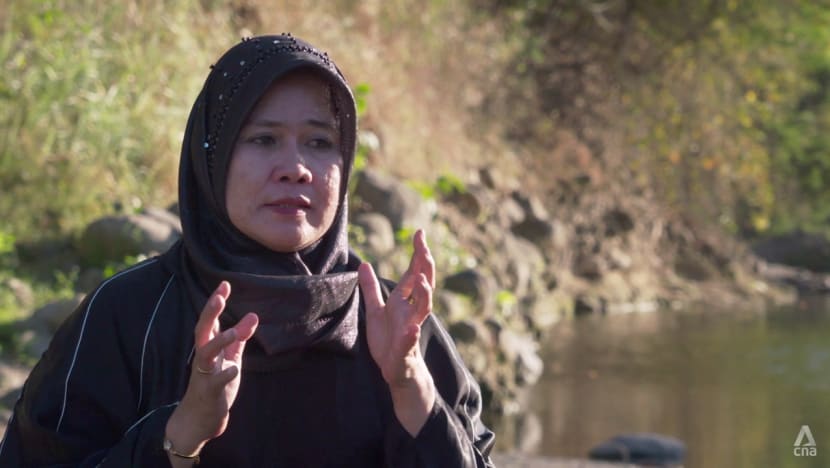
“I eventually accepted his life and my new life as the enemies of the military and the enemies of the government,” she said. They lived in the mountains and in a “secret place” when in town.
She started supporting the rebels by smuggling medicine, food and, sometimes, ammunition through checkpoints. Guards were “more lenient” with women, she said.
After her husband died, Mhae was nabbed by law enforcers and later joined Gagandilan Women’s training programme. She said: “The reintegration programme made me realise that even as a single parent and widow of an (Abu Sayyaf) leader, I can still be of use.”
Abdulla believes that criminalising the women will prolong their alienation and allow extremist ideology and terrorism to continue. “We educate,” she said. “That’s the best way to counter the recruitment (of women terrorists).”

Survivors of terrorist attacks may find such programmes hard to stomach, however, especially if they themselves have lacked support or adequate compensation.
“How can these bad people get support, yet we victims, who were injured, get nothing?” was survivor Nanda Olivia Daniel’s initial reaction.
The survivors are the real victims, felt Nanda, who sustained a permanent hand injury in the 2004 Australian Embassy bombing in Jakarta, which killed nine people and injured around 180 others.
She was a university student then and received her compensation well over a decade later.
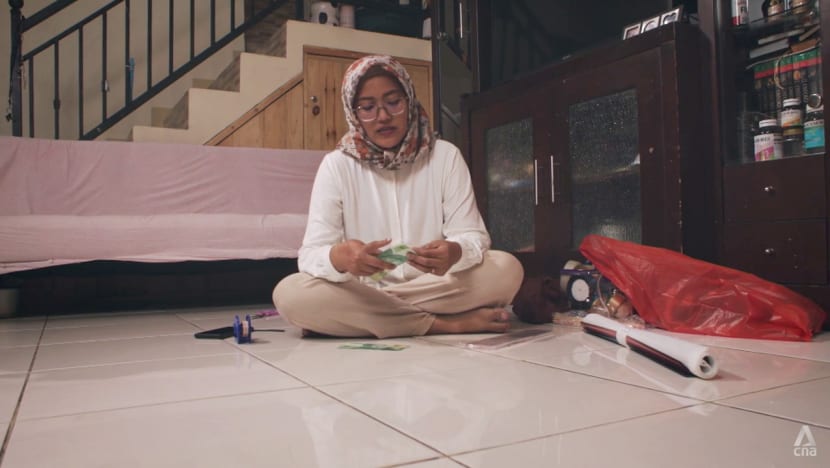
She has set up a small business selling handicrafts and snacks. Over the years, she has, in some circumstances, come to support reintegration and now visits prisons to share her survivor story.
“When the government supports these ex-terrorists, we also ask that they keep in mind the victims, who equally require attention, support and guidance,” she said.
Watch this episode of Undercover Asia here.


















